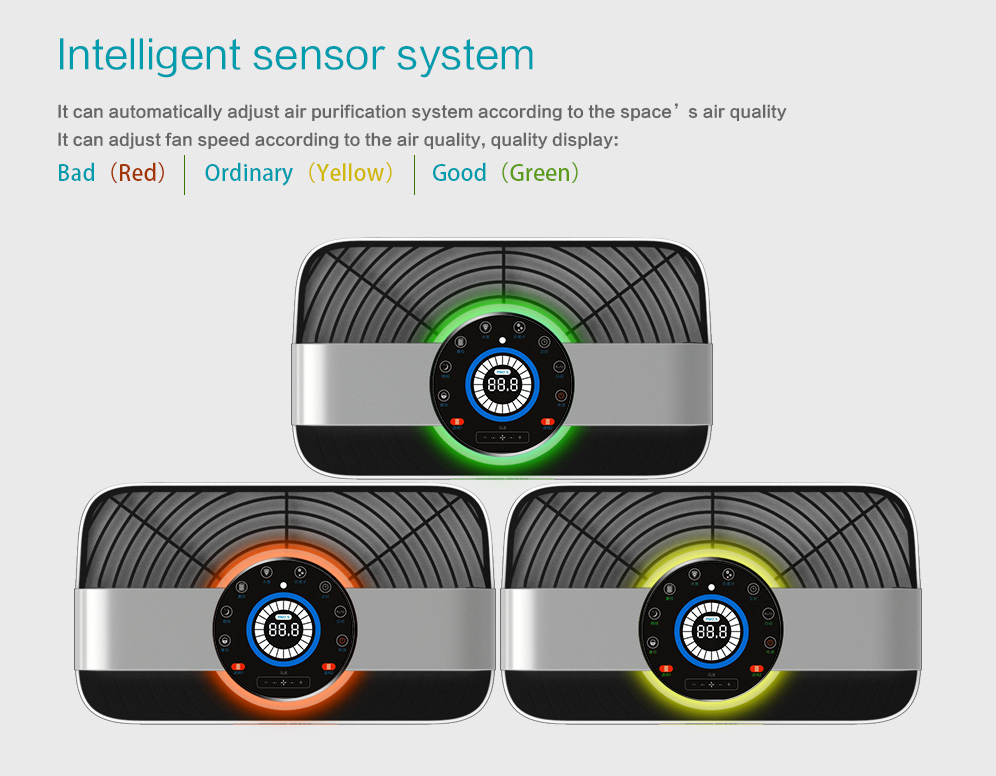The automotive air filter market is expected to reach $610 million by 2020: Radiant Insights, Inc.

San Francisco (GLOBE NEWSWIRE) – May 30, 2016 – The global automotive air filter market is expected to reach $6.1 billion by 2020. With the increase of disposable income and sustainable industrialization, the growing demand of the automotive industry (especially BRIC countries) has also led consumers to become more aware of the health problems caused by polluted air in passenger compartments. It is expected to have a positive impact. In the field of electric vehicles, it needs very low emissions but low engine maintenance. It is expected that the demand for automobile air filters will be challenged during the forecast period.
In 2013, cabin filters accounted for the majority of the global automotive air filter product market, accounting for 51.3% of the total market revenue. Cabin filters are also a growing product sector, with an estimated compound annual growth rate of 8.5% from 2014 to 2020. Reducing the odor caused by air pollutants in vehicles and minimizing health hazards is expected to increase the demand for cabin air filters during the forecast period.
Other main findings of this study are as follows:
Passenger car is the biggest application in the automobile air filter market, accounting for 51.5% of the total market revenue in 2013. Growth in passenger car ownership, especially in emerging markets in India, China, and Brazil, is expected to boost demand for air filters for passenger cars. From 2014 to 2020, the demand for motorcycle air filters is expected to grow at a compound annual growth rate of 8.5%.
After-sales market dominates the demand for automobile air filters, accounting for more than 70% of the total market revenue in 2013. It is also expected to become the fastest-growing end-use sector, with an estimated compound annual growth rate of 8.2 percent from 2014 to 2020. It is expected that the demand for automobile air filters will increase in the after-sales market to minimize maintenance costs.
The Asia-Pacific region has become an important regional market, accounting for 49.3% of total market revenue in 2013. The Asia-Pacific region is expected to become a growing market for automotive air filters, with a compound annual growth rate of 8.5% from 2014 to 2020. Emerging markets in emerging automotive industries in China, India and Indonesia are expected to lead regional markets, while North American markets are expected to grow steadily due to the recovery of the U.S. automotive industry and strong regulatory scenarios in the region.
Mergers and acquisitions have occurred in the past few years, but this trend is expected to continue and integration is expected in the coming years. Major players in the global market include Mann + Hummel, Affnia, Cummins and Mahle Industries.
Contact us for more products and discounted prices
Helen:
+86 13922346046
info@olansiglobal.com
https://www.olansiglobal.com


